This salinity profile was from an arctic deployment in rough seas. At a certain point, we see regular salinity spikes of about ± .01 psu in the upcast data. Can you determine what caused this?
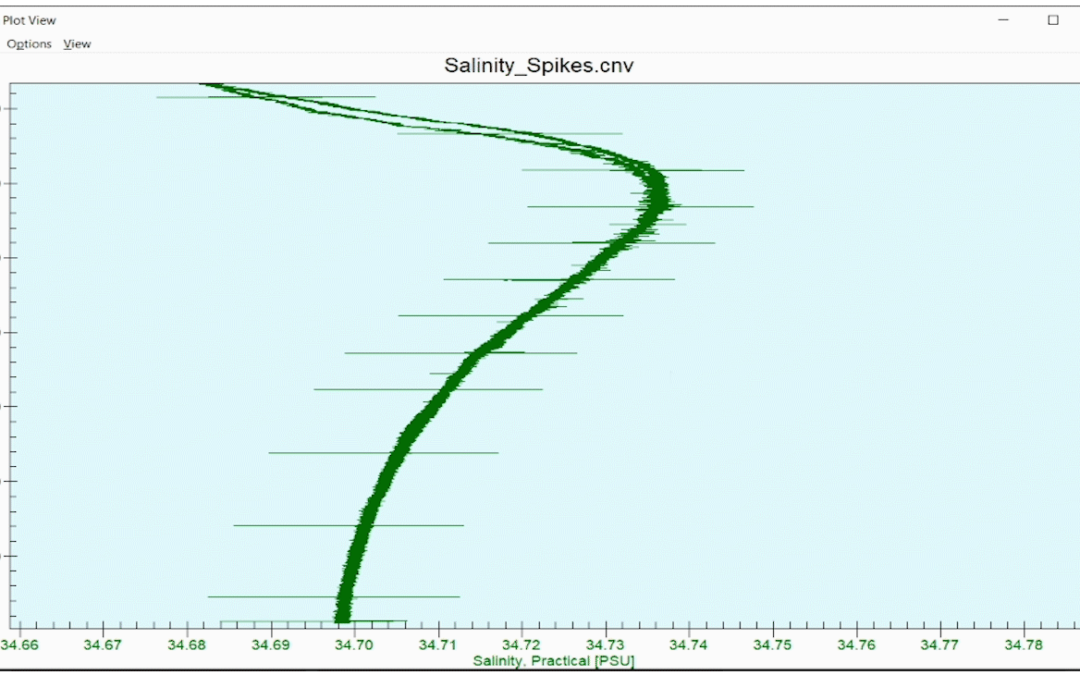

This salinity profile was from an arctic deployment in rough seas. At a certain point, we see regular salinity spikes of about ± .01 psu in the upcast data. Can you determine what caused this?
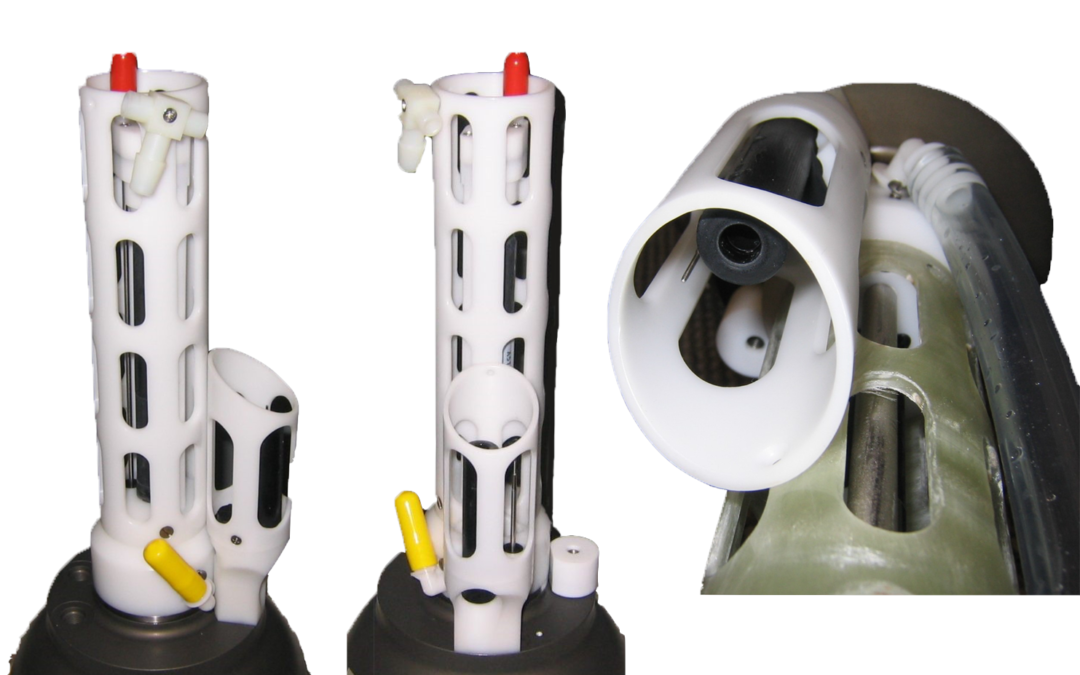
You never know what’s floating on the surface. That’s why Sea-Bird created the STS – to prevent the main Argo CTD from ingesting surface contaminants, but still obtain surface data. Learn how it helps extend deployments.
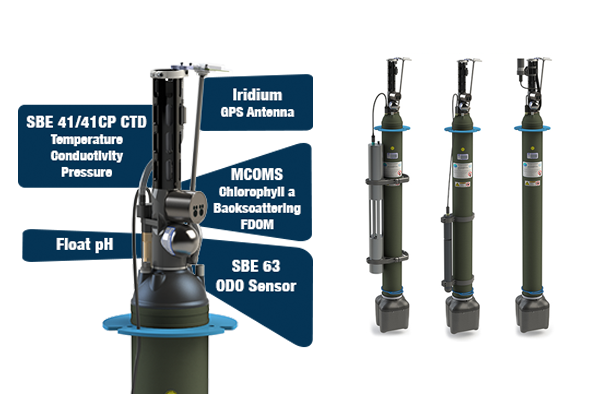
Did you know that the sensors that power BGC-Argo are also in heavy use on shipboard and moored platforms? Learn about the analogous BGC sensors for deployment on moorings and vessels, and how your field crew can keep stride with ocean robots.
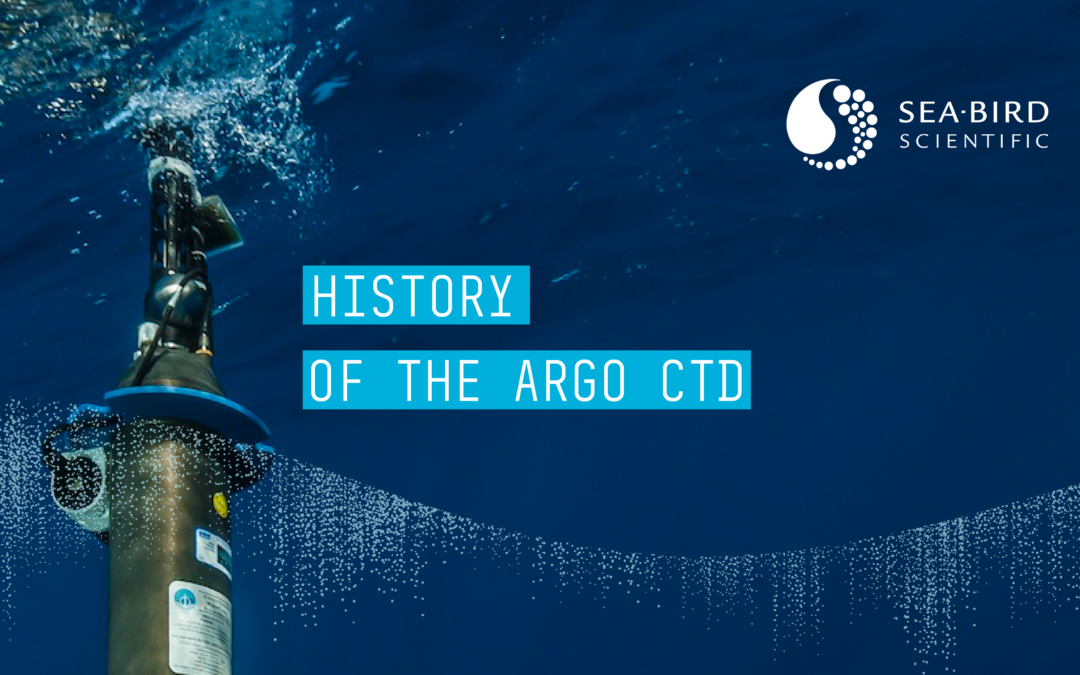
Believe it or not, the first profiling floats couldn’t measure temperature and salinity. They solely traced ocean currents, totally ignorant of the sweet CTD data they were passing by. Adding a CTD changed the game. Learn more about the early beginnings of Argo, and how Sea-Bird’s first float CTD helped change the face of oceanography.
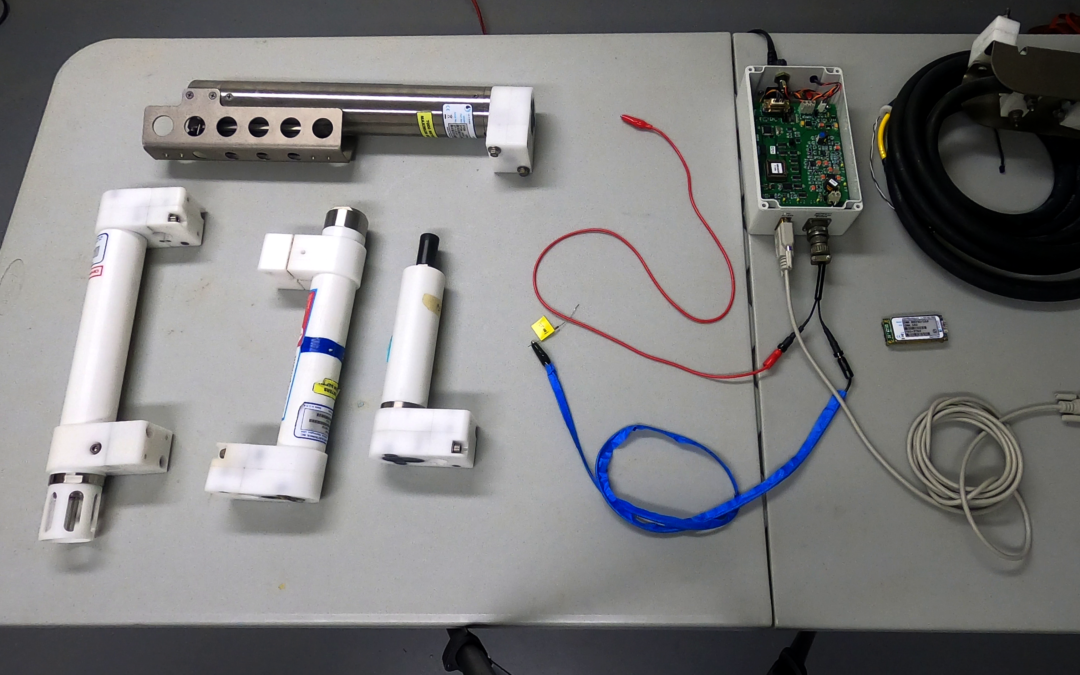
Conceptually, inductive moorings seem complex – communicating with 100 instruments through a single cable doesn’t exactly sound intuitive. But, in practice, the setup is surprisingly simple. Watch our latest video to see how easy it is to test and simulate an inductive modem mooring.
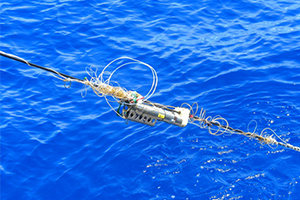
Deploying a moored CTD can be a game of trust. Nobody wants to return to their long-estranged CTD to find poor data quality. Of course, nobody wants to visit the middle of the ocean everyday either. Fortunately, we’ve created a basic troubleshooting guide for moored...
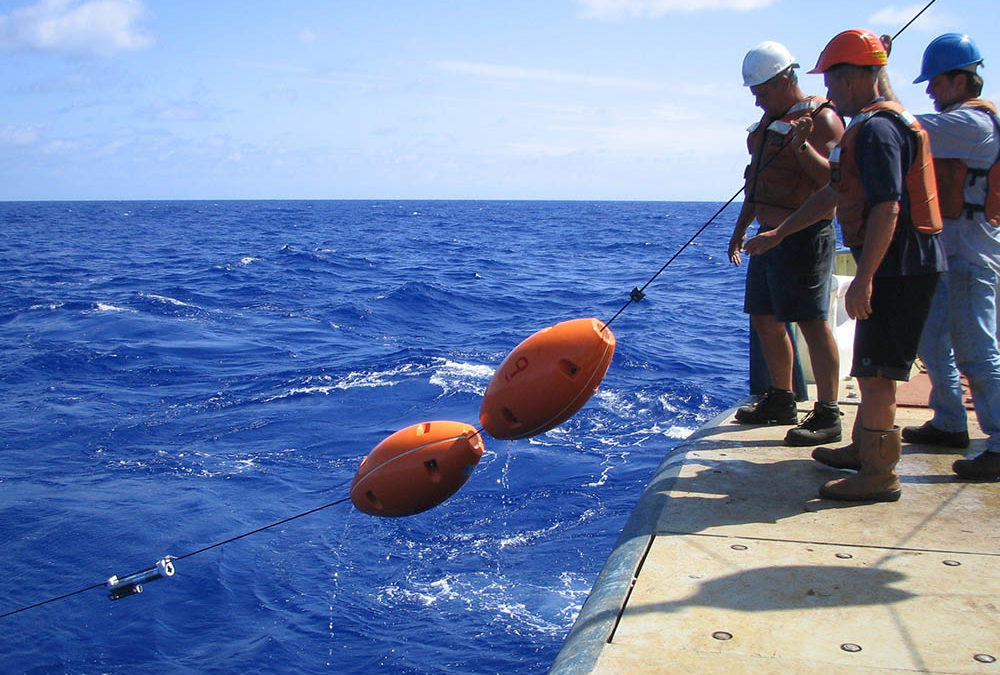
Inductive modem moorings are capable and flexible. Learn how 1 mooring line can facilitate real-time data for up to 100 instruments, in 5 unique configurations.
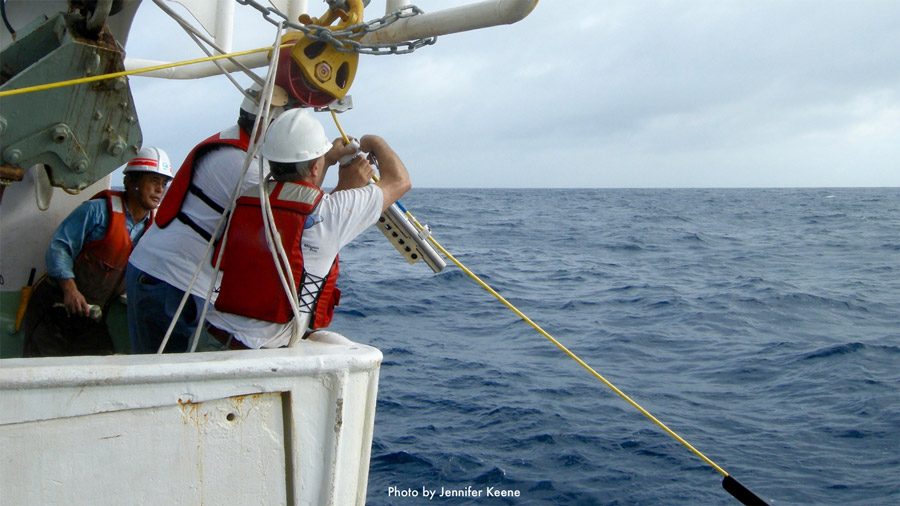
IM systems eliminate the need for connectors entirely, transforming a mooring’s tether into a medium for real-time data transmission.
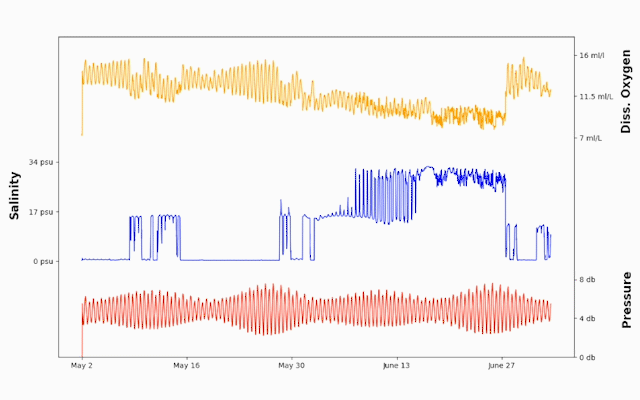
Zooming in shows salinity and dissolved oxygen are fluctuating heavily alongside the tidal cycle. Can you determine what is causing this?
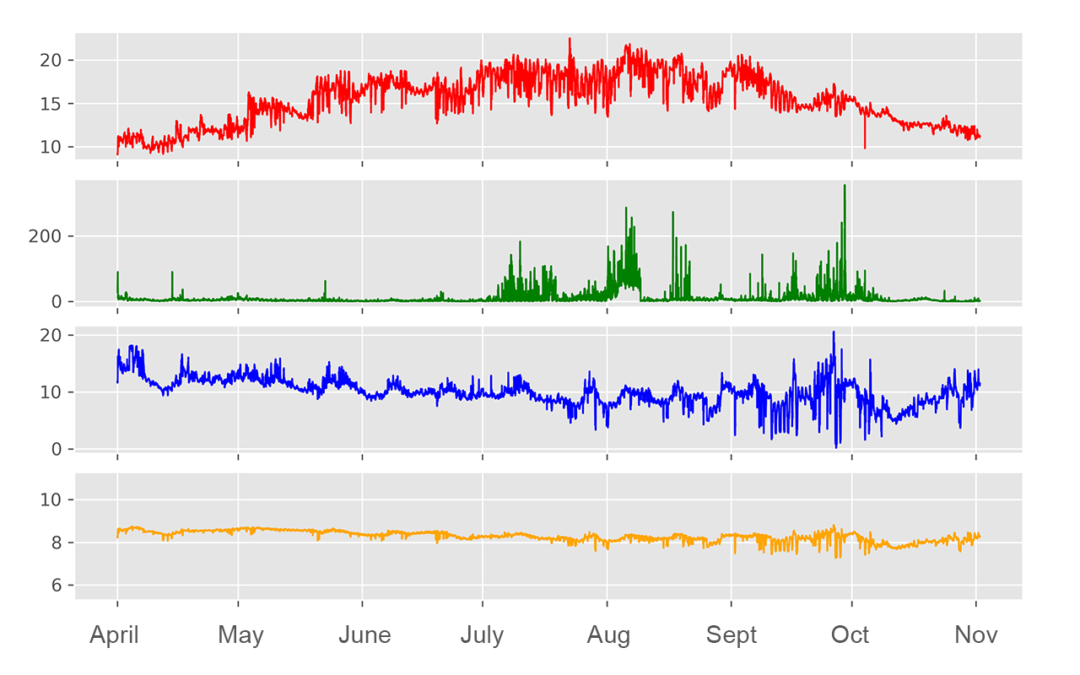
Can you correctly label the 4 plots? Hint: this area is subject to periods of eutrophication during the late summer/early fall.
We hope to see you at OCEANS 2024 We are excited to sponsor and exhibit at the upcoming OCEANS Conference & Exposition in Halifax, NS, Canada from September 23 -26. Please come visit our team at booth #213. Overview The OCEANS 2024 Halifax conference is for global...
We hope to see you at UG2 '24 We are excited to sponsor the upcoming 2024 Glider Workshop in Ann Arbor, Michigan, from September 10 - 12, 2024. Overview This workshop will bring together the global underwater glider community to strengthen international collaboration...
Press Release Wednesday, June 26 2024 Collaboration and partnership is at the core of what we do. We are - Enabling the science that matters - working with scientists and researchers across the globe to provide instrumentation that produces defensible and accurate...